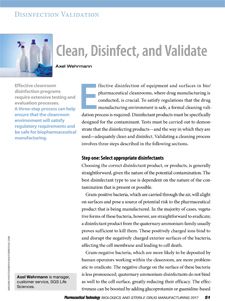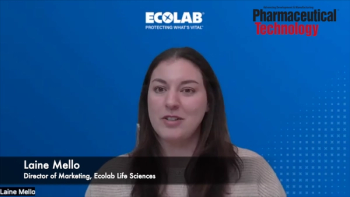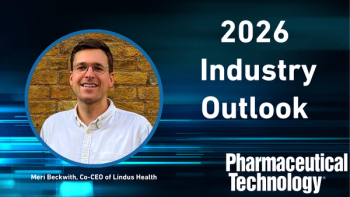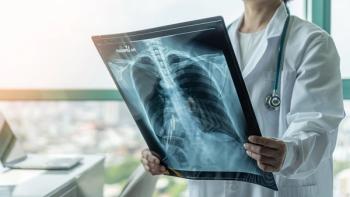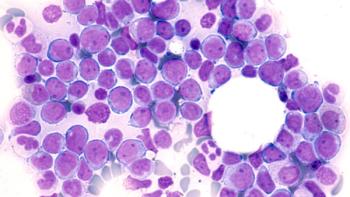
- Pharmaceutical Technology-05-15-2017
- Volume 2017 eBook
- Issue 1
Clean, Disinfect, and Validate
Effective cleanroom disinfection programs require extensive testing and evaluation processes. A three-step process can help ensure that the cleanroom environment will satisfy regulatory requirements and be safe for biopharmaceutical manufacturing.
Facilities must demonstrate that a disinfection procedure efficiently reduces micro-organisms in a pharmaceutical cleanroom environment. Different guidelines emphasize the importance of validation studies for proper disinfection and several test methods allow for anti-microbial effectiveness testing.
This article describes how a disinfection validation study must be defined according to the specific conditions at the site and the variables within each method such as the type of disinfectant product, contact time, interaction with special surface materials, and special species of resident micro-organisms.
The role of the testing laboratory and the specialization of testing personnel will also be discussed, to ensure accurate, reproducible data is produced from anti-microbial effectiveness testing.
Download
.
Articles in this issue
over 8 years ago
Kill the Bioburden, Not the Biological Indicatorover 8 years ago
Ensuring the Biological Integrity of Raw Materialsover 8 years ago
Getting Biopharmaceutical Tech Transfer Right the First Timeover 8 years ago
Case Study: Retrofitting Two New High-Purity Water Systemsover 8 years ago
Single-Use Bioreactors Have Reached the Big Timeover 8 years ago
Parallel Processingover 8 years ago
Cost Considerations Drive Lean Technology in BiomanufacturingNewsletter
Get the essential updates shaping the future of pharma manufacturing and compliance—subscribe today to Pharmaceutical Technology and never miss a breakthrough.

